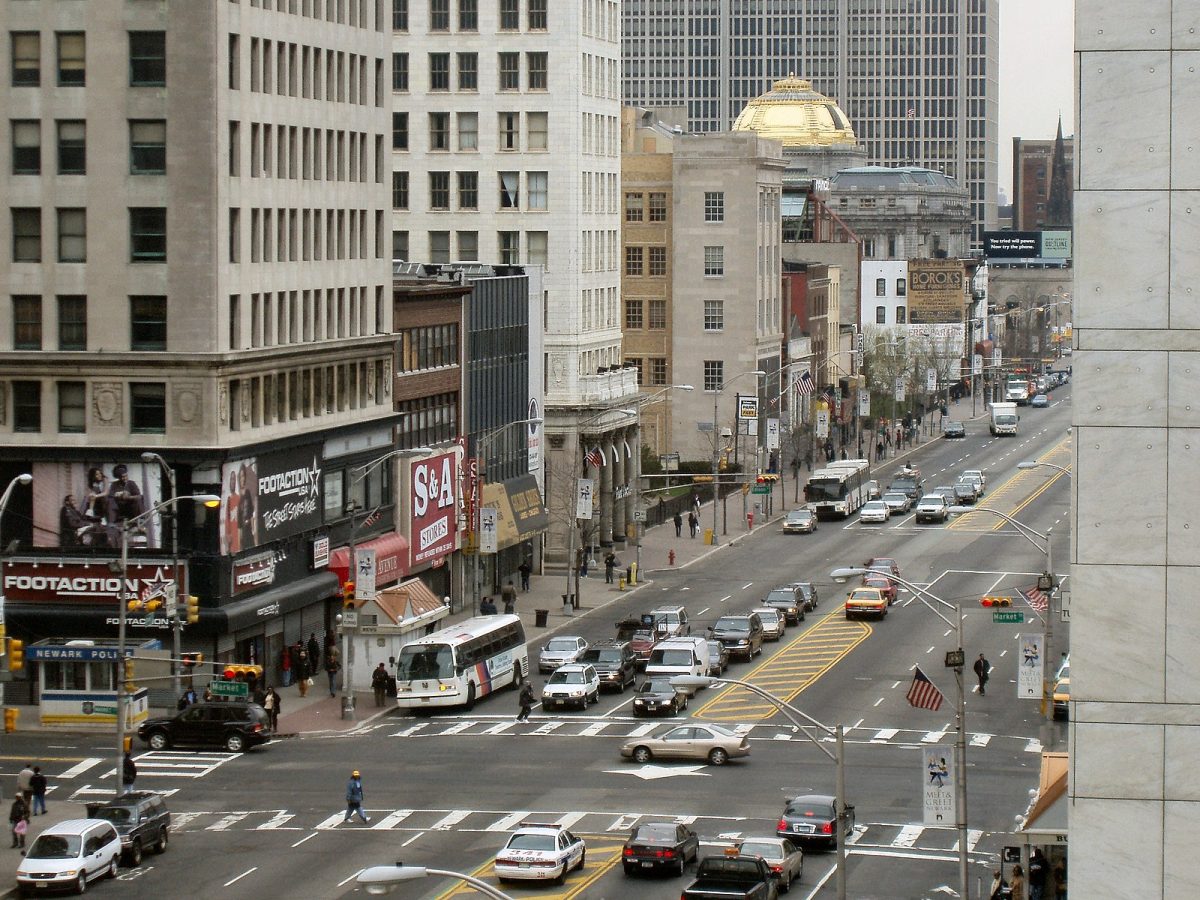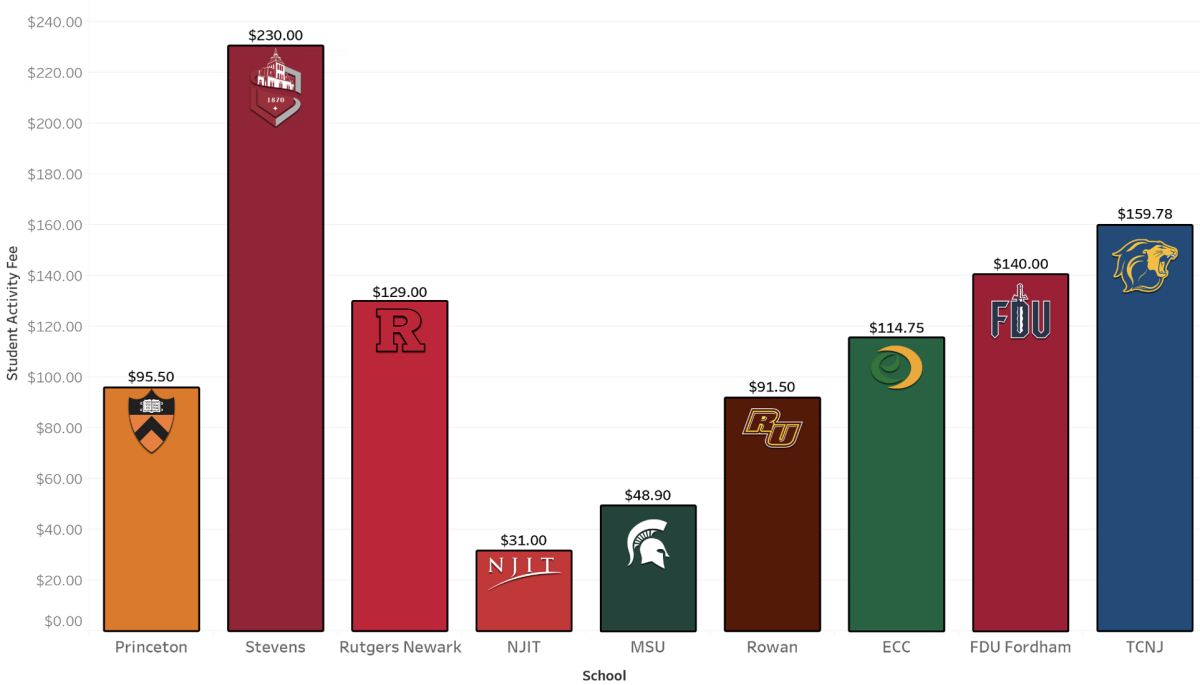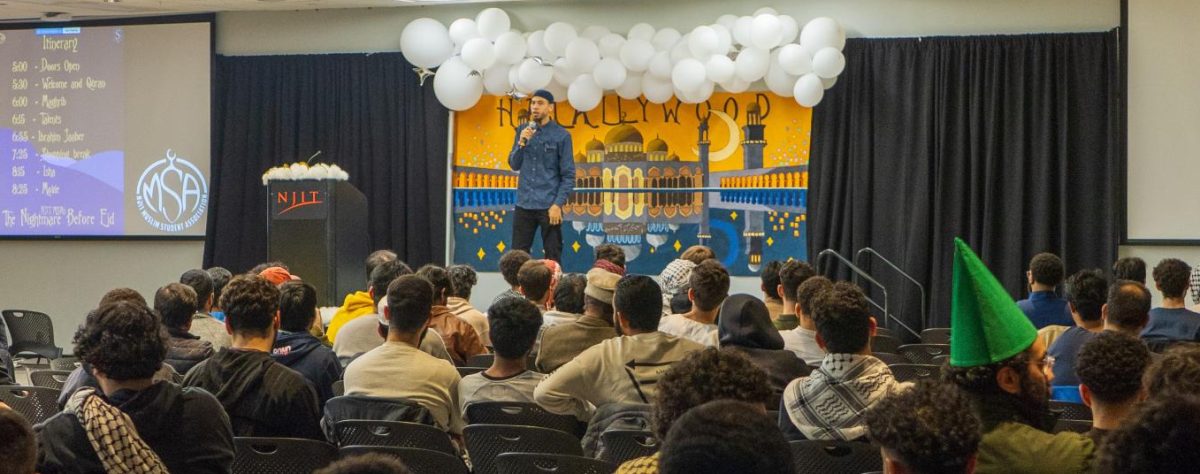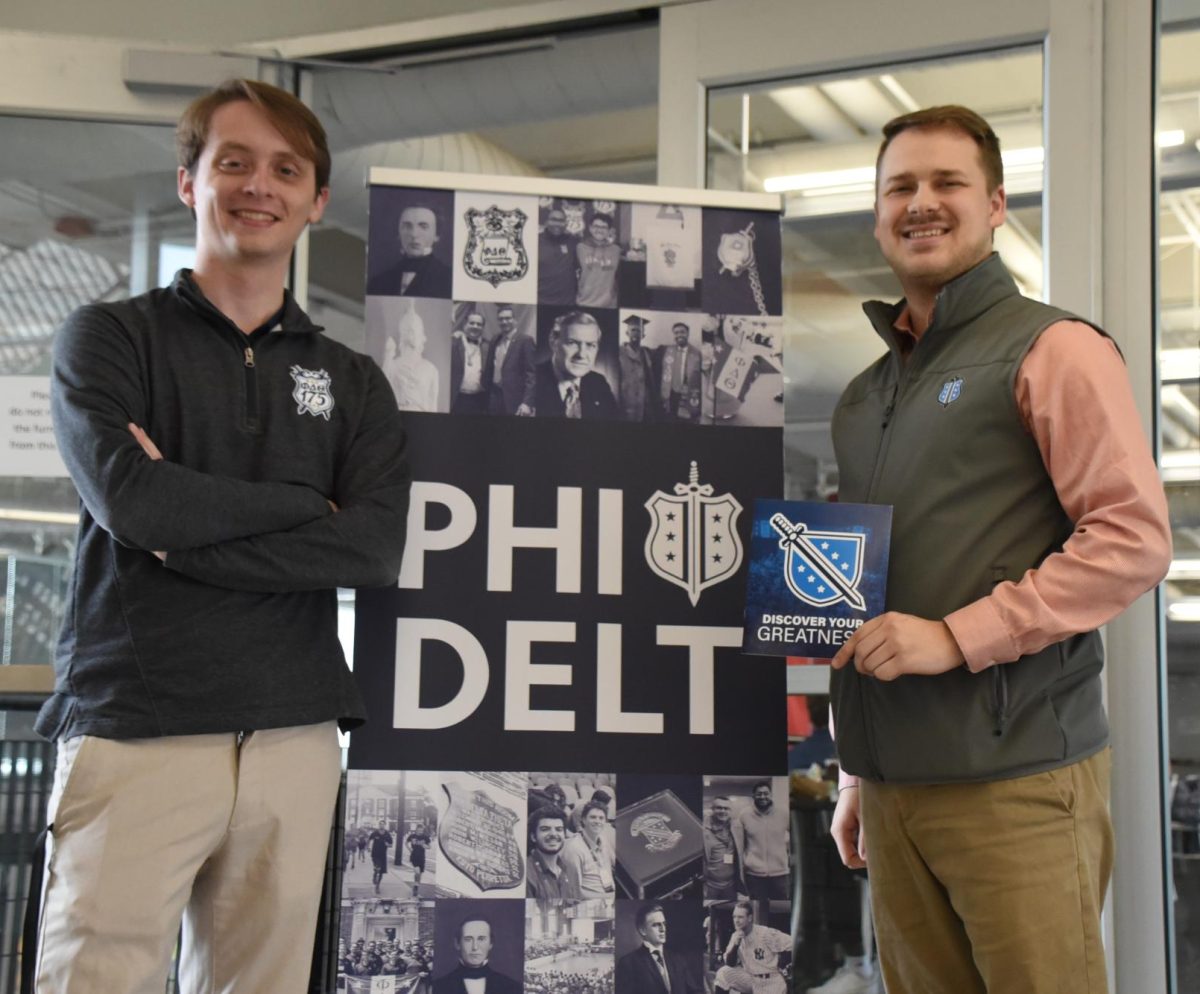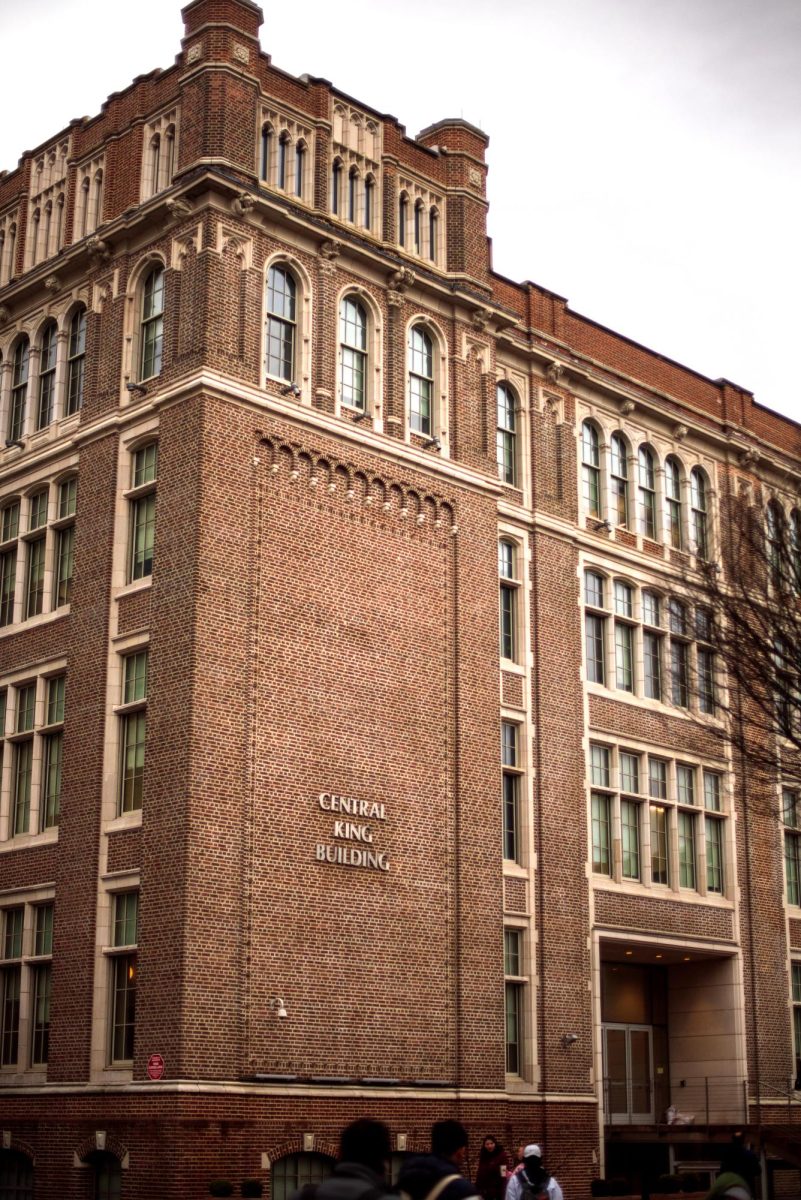Today, Newark is better known for dilapidated buildings and violent crime than for its heyday as the center of industrial manufacturing in the Northeast. However, a slew of major construction projects aim to accelerate the city’s economic turnaround since the 2000s. Rather than manufacturing plants, the target customers are large corporations and passengers from Newark Liberty International Airport and Elizabeth Seaport.
Airport City Newark is a project that seeks to create a bustling downtown for the airport within adjacent Dayton, which was blocked off from the adjacent airport until this year. Faculty from NJIT along with members of the Port Authority of New Jersey, Rutgers, the University of Pennsylvania, and other state organizations pushed for the fence between Dayton and the airport station to be knocked down, stating that the passengers and freight from the airport could create jobs for one of the poorest urban areas in the United States. The Port Authority of New York and New Jersey granted $12 million to the project of granting Newark residents access to a station connecting directly to the airport.
The goal of the scheme is to allow airport passengers easier access to Newark neighborhoods, giving them a chance to experience the city’s culture through restaurants, shops, and entertainment venues. Simultaneously, the residents of Dayton will have an opportunity to access the over 24,000 direct jobs and 110,000 indirect jobs that Newark Airport generates. Dayton is one of the most poverty-stricken neighborhoods in the state, with a median household income of around $32,000 compared to the statewide average of around $82,000.
The phrase “college town” is often used to describe neighborhoods and downtown blocks that cater towards the needs of students in nearby universities, and which have an economic model that relies on the customer base of students. Examples are the town of Lafayette near Purdue University in Indiana, Auburn for Auburn University in Alabama, or parts of New Brunswick for Rutgers University in New Jersey. Similarly, the long-term goal for Newark is to create a city that caters to and maximizes revenue from airport passengers.
This kind of city is coined an “aerotropolis,” with examples in Europe and Asia. Steps to plan out a downtown around Newark Airport have already begun, including a plan started by the consultancy firm Hatch for 37 acres around the airport and the development of a 350,000 square foot studio in nearby South Ward.
Another piece of construction news is the development of a new pedestrian bridge stretching from the Prudential Center a few blocks from NJIT to the Ironbound. With a price tag of $110 million, this bridge will allow Ironbound residents to access Newark Penn Station and University Heights by crossing over railroad tracks. New Jersey governor Phil Murphy and Newark mayor Ras Baraka were present at the groundbreaking of the project, citing the increased mobility and economic opportunity that the pathway is meant to enable.
“After decades of contemplating concepts and possibilities, Newark now cements a public-private collaboration to create a bustling habitat, dovetailing housing, employment, retail, and entertainment,” said Baraka in a press conference. He also added that the bridge would connect to a center for the city’s homeless population to wash their clothes and find resources.
“You’re going to unleash an enormous amount of development and that’s going to be hugely important to Newark for ratables and jobs for the economy,” said Murphy. “Then there’s all the stuff that goes with that — the restaurants, the dry cleaners, the coffee shops. I think the biggest impact is going to be societal.”
Infrastructure investment into Newark has also come from unlikely places — the United States Department of Commerce, for one. On Sept. 12, the Economic Development Administration from the Department of Commerce approved a $960,000 grant to the Enterprise Center of Philadelphia to establish the Infrastructure Innovations and Business Opportunities Center in Newark. This money will be supplemented by $240,000 from the state of New Jersey and is estimated to create 100 jobs; the center will connect socioeconomically disadvantaged business owners with large infrastructure projects.
“This Economic Development Administration grant will generate tens of millions of dollars in private investment as we continue to modernize and bolster critical infrastructure in one of the most important transportation corridors in the world,” said Murphy.
























